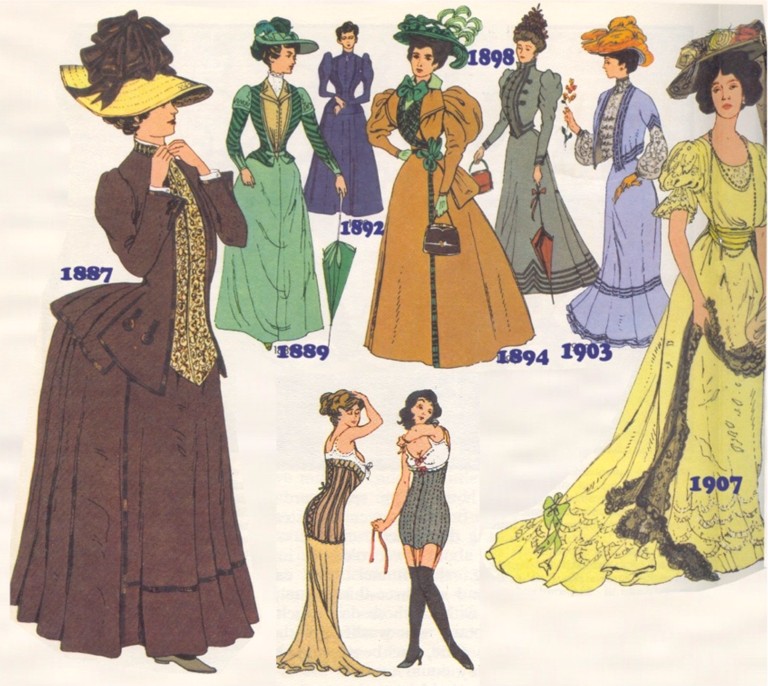









 Australian settlers
had been quick to exploit the natural resources available to them, so did
the first New Zealanders. . The schooner Lady Leigh took a cargo of ore
(copper, from Kawau Island) and kauri gum from Auckland in 1845. A few
months later the schooner Elizabeth took kauri gum, flax and sulphur. The
Elizabeth was only 50 tons, little different from the larger coastal
vessels of the time. She was represented by an agent who worked from a
hotel room, a not uncommon place to find an office in a town just emerging
from the scrub and mud. .
By the mid 1850s the
larger mercantile firms ran their vessels on a regular cycle, as close as
was possible to a timetable when the ships were subject to the weather.
Typical of these firms was J.T Peacock & CO. Peacock had been an old
trader from Sydney who called at Wellington in 1844 and cruised about the
coast of both islands looking for opportunities. His son, J.T Peacock, set
up in business in Wellington in 1854, was severely shaken in the great
earthquake of 1855, and moved to Lyttelton where he built the first
substantial wharf in 1857. For the best part of ten years thereafter, a
series of brigs, including the Heather Bell, Mountain
Maid , Windhover and Fawn, and the barque lndus, called at
Lyttelton with cargo for Peacock and his successors. When his stores were
full he carried goods for others.
Typical cargoes were
coal from Newcastle to keep Cantabrians warm in winter, to produce coke
for gas generation in the early sixties and to keep steam up in the few
manufacturing industries then established, as well as to fuel the boilers
of the first of the coastal steamers and the first railway engines;
cattle, pedigree and otherwise; spokes, shafts, felloes and other
components for the manufacture of carts and carriages; cut timber in
various forms - palings, shingles, laths, planks usually from Hobart; and
a huge variety of general stores ranging from apples to anvils,
perambulators to preserves, fencing wire to furniture, woolpacks to
whisky.
On their outward
voyages the vessels took the produce of a decade of effort in taming the
land. Instead of the pigs and flax and gum exported from the North in the
forties, Peacock's fleet took tallow, sheepskins and hides, quantities of
potatoes, wheat and wool. When the seasonal nature of the produce of the
land meant small or even no cargoes from New Zealand, the ships crossed
the Tasman in ballast to load coal from Newcastle. By the sixties coal was
becoming the base cargo for the Tasman trade, the bulk that kept ships
moving and paid their costs in the slack
season.
But not all cargoes
were as basic as those carried in Peacock's ships. ladies were ladies - at
least those who had a status to maintain in the towns were - and to be a
lady required the frippery and fashion that marked a lady anywhere, even
if it was a season behind Europe. In the small barques and ships from the
United Kingdom came fancy patterned Orleans cloths, tartan cashmeres,
cherne de laines, French blond caps, bonnets of velvet, drawn satin or
silk, full trimmed, with or
without feathers, all described as 'new and fashionable'. For the gentlemen there were fancy neckerchiefs of Brussels silk, brocaded, or superior black bandannas. And to ensure that the fashions were the very latest and not slow stock, the name of the vessel was proclaimed: 'Goods, direct from England ex Westminster:' Everyone knew just what ships were in port, or when they'd last been in port. Armed with this knowledge, the discerning shopper had a ready guide to the freshness of stock on retailers' shelves. (Above Source Unknown) Yesteryear Fashions:  Ship "Mountain Maid" AJHR 1868 Section E6 page 17
Date of Casualty : 5 Sep 1867
Age and Class of Vessel : 25 years
Rig : Brig
Register Tonnage : 192
Nature of Cargo : Coals
Nature of Casualty : Total wreck :
Wind Force : Fine weather
Place of Accident : Buller Bar
Finding of Court of Inquiry - Bad management and error of judgement on part of master.
Remarks - Court recommended master's certificate to be cancelled
Henry Guilford was a sailo on the Mermaid - he did not say what years but he was 20 when she sank... |